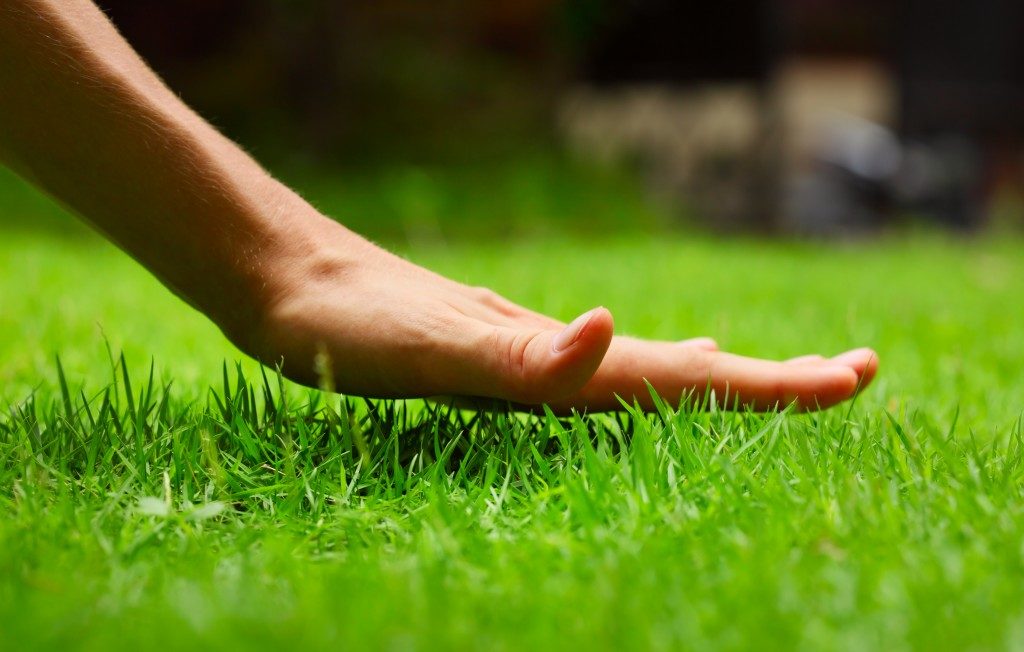Your lawn contributes to the aesthetics of your exterior space. When it is well-maintained, it blends in with the rest of the landscaping elements. It also offers a place for your family and pets to play and relax. Unfortunately, a good lawn does not just happen; it takes time to nurture and requires tender love and care. Below are some tips for lawn maintenance in Layton.
Keep It Aerated
Healthy grass needs enough water, nutrients, and oxygen. Aeration gives room for efficient uptake of these elements while giving root for uninhibited growth. Other benefits of proper lawn aeration include better penetration of fertilizers and improved interaction of soil with air. There is also minimal soil compaction that leaves enough room for roots to grow and expand. To achieve this, remove plugs of soil using a soil aerator. Most lawn maintenance professionals can do this for you. The most appropriate time to aerate is before applying weed killers so that the weeds won’t invade the open holes and set camp in them.
Consider the Timing of Maintenance Procedures
Most procedures give different results depending on when they are carried out. Consider the appropriate timing for aeration, fertilizer application, and use of weed killers in line with the type of grass you are treating, your geographic location, soil conditions, and the weed types you are targeting. Applying weed killers over spring and summer denies them a chance to develop a comprehensive root system. They also do not get a chance to seed. With fertilizers, application in the early spring allows for root development, while summer application repairs any damage meted on the grass over summer. It boosts growth for several weeks, which gets the grass ready for winter. For maintenance purposes, do light feedings in between.
Get the Mowing Right
For you to have a healthy lawn, you have to put in the work. Trimming your lawn removes dead grass while allowing more light to penetrate the plants. Cutting it too short exposes the stems and could cause drying. While at it, use a sharp blade to enhance precise trimming. A dull one damages the plants as it shreds and tears instead of cutting the grass, which results in yellowing. To repair the damage, it will require more time, water, and nutrients to recover. Sharpen and balance the blade appropriately for an even and clean cut.
Give the Lawn a Good Soak

Different aspects, such as soil conditions, temperatures, and grass types, determine how much water is necessary for your lawn. Slow draining soils need less of it than quick-draining types. When it comes to watering your yard, volume, not frequency, is vital. When you do light sprinkling, the water only gets to the surface of the soil. The shallow watering causes shallow root development.
On the other hand, watering the lawn until it is about four inches moist downwards keeps it healthy. After giving it a deep soak, water it again after the upper two inches dry out. Getting the watering right enhances deep root development, which then allows the grass to tap into the subsurface moisture supplies. To give the lawn time to dry out, water it in the morning as overnight wetness attracts mold and fungi. The water pressure is also high, and there is less evaporation.
Your lawn’s health depends so much on how you treat it. While you could be doing everything it needs for maintenance, your efforts may not yield results if you don’t get the details right. Use the tips mentioned above to nurture your lawn.





